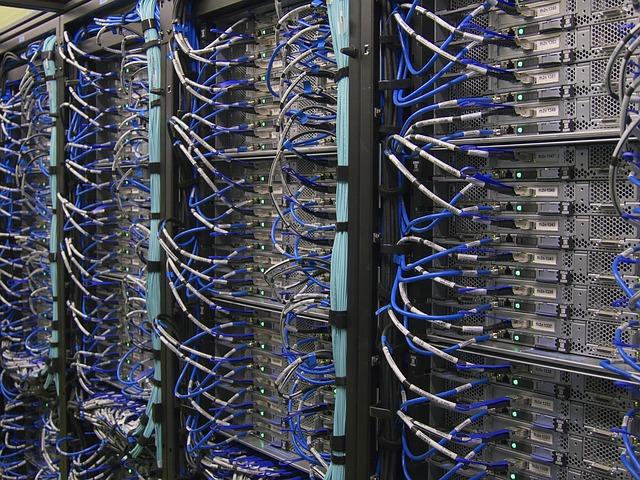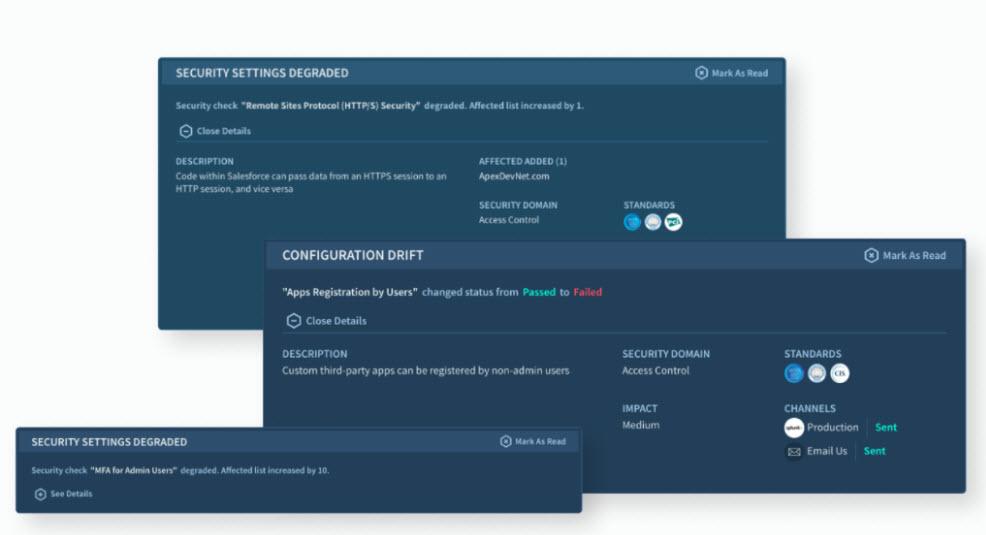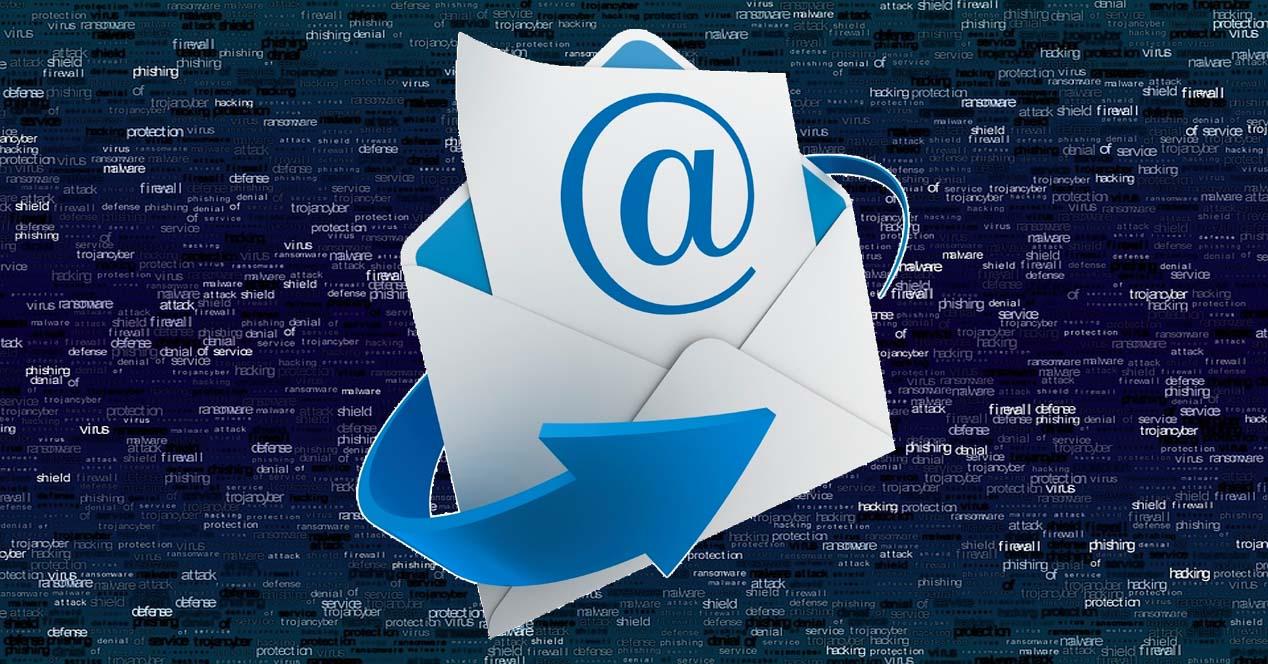
Today’s protagonist is the SaaS which comes from the acronym in English Software as a Service or translated Software as a Service. For example, we rent an application for our company and users connect to it over the Internet using a web browser. Now we are going to see what measures we can take to improve SaaS security.
The challenges of SaaS security
Maor Bin, CEO of Adaptive Shield, comments that the business dependency on SaaS services has increased dramatically and tools for saas growth product expected to increase in the coming years. He also adds that Challenges in SaaS environments start because they are dynamic and constantly updated. This happens because you can have several applications, each of them can have dozens or hundreds of configurations to which you have to add the volume of users.
In that regard, as workers are added or removed and new applications are added, then the permissions and settings must be reset, changed and updated. To this we must comment that we must not forget about compliance and security configurations following standards and practices such as NIST and MITER.
SaaS providers incorporate security features but it is up to the company’s security team to review and learn the specific set of rules and settings for each application. This should be done this way because application users are not familiar with the settings. We may also be interested in knowing how to differentiate between IaaS, PaaS, CaaS and SaaS.
Adaptive Shield to control the security environment
When it comes to having good SaaS security, a good tool that you could use would be SaaS Security Posture Management (SSPM) from Adaptive Shield. Thanks to it, we achieve proactive, continuous and automated monitoring of any SaaS application. To this we have to add a built-in knowledge base of compliance standards and benchmarks that will ensure high-level SaaS security.
According to Maor Bin, once installed it provides customers with clear visibility into their entire SaaS ecosystem. So we could get:
- Detection of incorrect settings and permissions.
- Automated remediation capabilities where detailed alerts are sent at the first sign of misconfiguration.
Working like this allows the security team to quickly open a ticket and resolve the issue without having to go through intermediaries or lengthy additional steps.
This allows companies to gain visibility into their SaaS stack, improve SaaS security, and also reduce risk on integration day. Here are some tips to avoid misconfigurations of the SaaS. It should be noted that the customer’s posture changes when they first see the SaaS security that Adaptive Shield offers. From that moment on, they are able to immediately detect possible breach or leak locations and are happy with the map that is offered to solve it.
Lastly, Maor Bin commented that the investments will further accelerate the company’s growth through product innovation and global expansion. This would include research development, development of new features, and expansion in the SaaS security domain.




